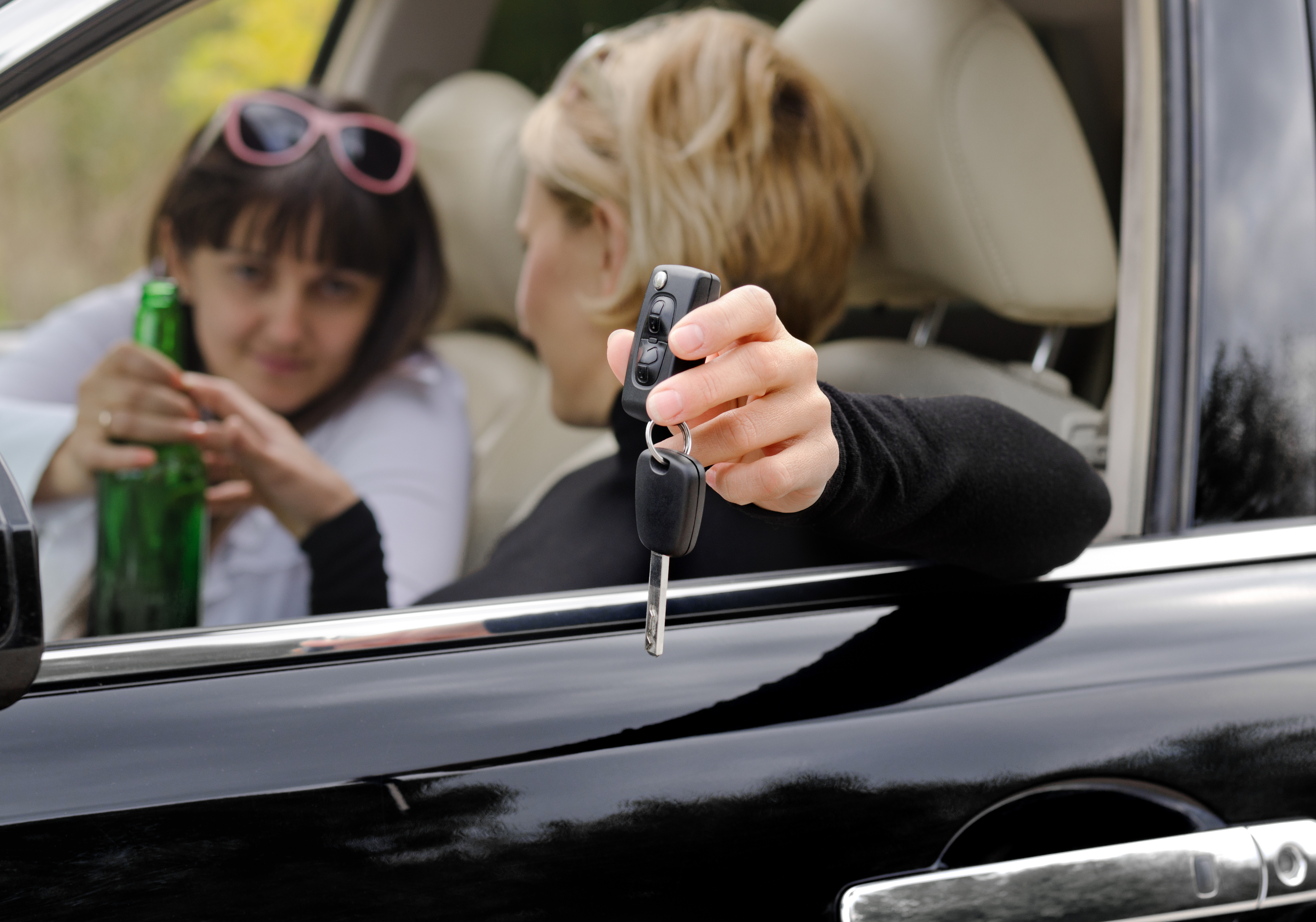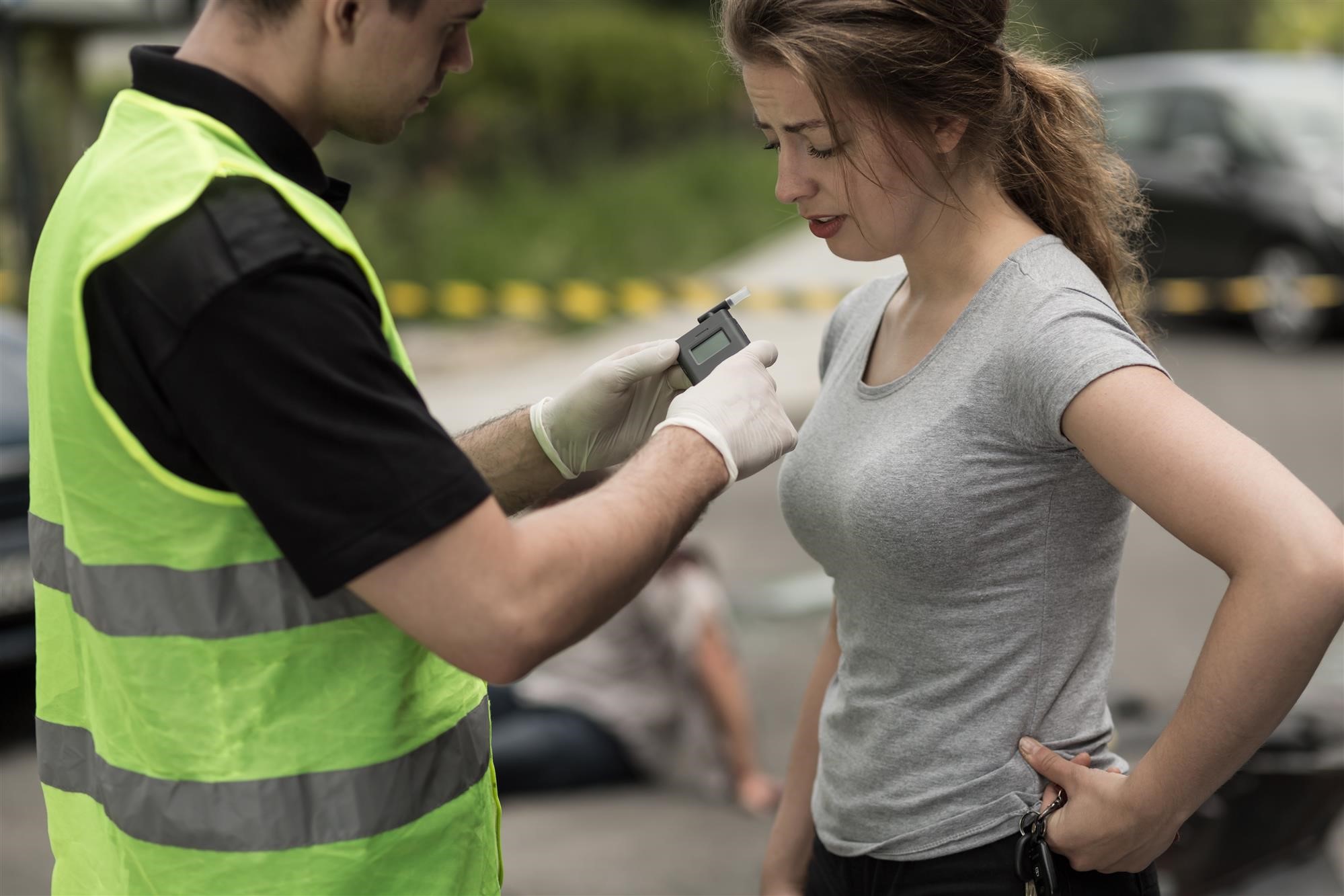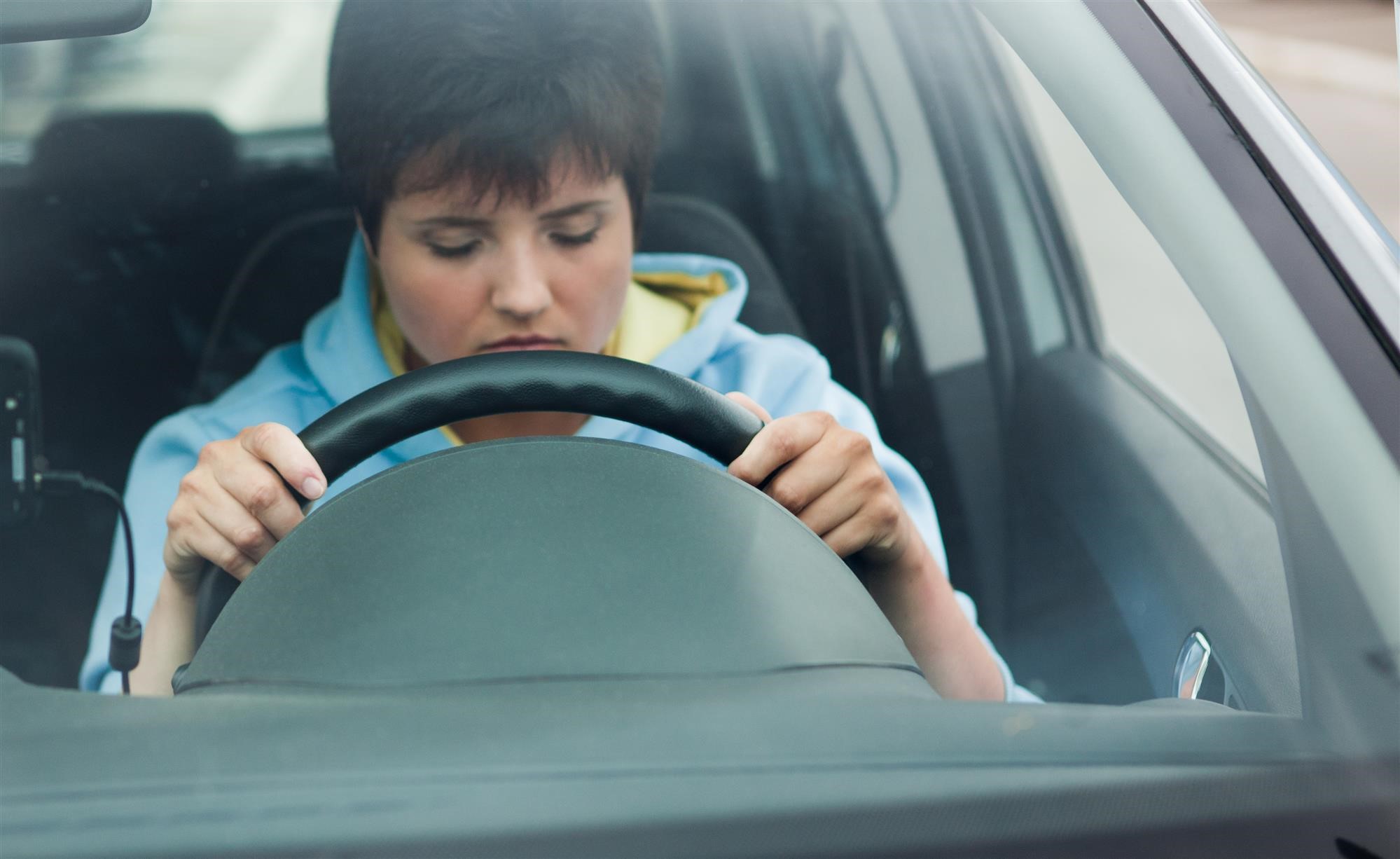Troubling Trends: Women and Drunk Driving
 Most of us were cautioned about the dangers of driving while intoxicated from an early age. Public service announcements on TV and the radio, as well as educational programs aimed at school kids and at-risk youth demographics, have attempted for decades to help curb our nation’s problem with drunk driving.
Most of us were cautioned about the dangers of driving while intoxicated from an early age. Public service announcements on TV and the radio, as well as educational programs aimed at school kids and at-risk youth demographics, have attempted for decades to help curb our nation’s problem with drunk driving.
On the whole, it’s working; the most recent statistics show that the total numbers of drunk driving arrests are steadily declining nationwide, with alcohol-related fatalities down by more than fifty percent since 1982,1 according to the most recent available numbers. One group, however, has exhibited a troubling uptick in drunk driving behavior and arrests in recent years: women.
While men still represent around three-quarters of all drunken driving arrests in the United States and make up a proportionate showing in court-mandated DUI program enrollment, the number of women pulled over and arrested for driving under the influence of alcohol has steadily increased since the early 1980s. By 2011, women represented almost twenty-five percent of all drunken driving arrests, showing roughly a fifteen percent increase over the course of three decades of curated data.
Odds are, when you summon to mind an image of someone driving drunk, it’s a man. Culturally, we tend to project and assume such behaviors for men, especially those in their mid to late twenties, where the majority of DUI arrests and fatal accidents occur. While it’s vitally important for everyone to be cognizant of the dangers of taking the wheel while under the influence, modern women face a number of increasingly potent causal factors for risky driving behavior which merit their own study and observation moving forward.
Shifting Cultural Expectations and Pressures
 Anyone with eyes can see that the role of women in the United States is changing. Women are continually claiming more space in the professional world, demanding equal treatment and pay in the workplace and taking on leadership roles in industries historically dominated by exclusively by men.
Anyone with eyes can see that the role of women in the United States is changing. Women are continually claiming more space in the professional world, demanding equal treatment and pay in the workplace and taking on leadership roles in industries historically dominated by exclusively by men.
That said, shifting expectations and additional pressures in the workplace, and the world, in general, can act as stressors on women, who attempt to balance families at home with their burgeoning careers, especially considering the fact that most do so without any type of clear cultural template. It’s stressful to challenge expectations and blaze your own trail, and drinking to cope with stress has always been a factor in drunk driving behaviors for all genders.
According to Washington State University associate professor Jennifer Schwartz, women are drinking about as much as they always have, but are driving more and “… may be getting caught more often now for behavior they’ve always had.”2 While men still do a lot more driving than women, on the whole, the increase in female DUI arrests does coincide with the shifting roles of women in the workplace and comes hand in hand with the last few decades’ emergent prevalence of women working full-time outside of the home.
Per Laura Dean-Moody, president of Mothers Against Drunk Driving, “… women are unfortunately picking up some of the same terrible, reckless behaviors that men have exhibited.”3
Equality is a good thing, by any metric. The fact that women are spending more time on the road than they have in previous years is indicative of a shift in priorities and lifestyle that goes hand in hand with empowerment in the workplace and a general shucking of preconceived notions surrounding the role of women.
Unfortunately, as the gap closes between the amount of time men and women spend behind the wheel, drunk driving arrests and accidents involving female drivers continue to rise, along with enrollment of women in court-ordered DUI programs.
Biological Factors
 People with biologically female bodies tend to be physically smaller than males, with a physical makeup which is impacted differently by excessive alcohol consumption than their male counterparts. This means that a biological woman and a biological man of roughly the same weight who consume a similar amount of alcohol over the course of an evening may present disparate blood alcohol content when tested, with women at a higher risk for being “over the limit” regardless of a self-assessed judgment of intoxication.
People with biologically female bodies tend to be physically smaller than males, with a physical makeup which is impacted differently by excessive alcohol consumption than their male counterparts. This means that a biological woman and a biological man of roughly the same weight who consume a similar amount of alcohol over the course of an evening may present disparate blood alcohol content when tested, with women at a higher risk for being “over the limit” regardless of a self-assessed judgment of intoxication.
Alcohol impairs one’s ability to judge oneself and one’s faculties accurately; this is true of both women and men, but, coupled with women’s body chemistry and tendency toward lower-fat diets, which do not lend themselves to quickly and efficiently processing alcohol, it creates additional problems for women who seek to unwind after work with a few drinks before driving home.
Like men, most women arrested for DUI wrongly assume that they are unimpaired right up until they are pulled over, or, worse, involved in an accident. DUI SR22 insurance exists to mitigate the higher risk of insuring drivers following alcohol-related arrests, but an ounce of prevention and education can go a long way toward avoiding the need for such eventualities.
Since male-bodied individuals have traditionally made up the bulk of drunk driving statistics in the United States, many DUI studies focus exclusively on the impacts of alcohol on men and male brains. As gender roles and trends in our society continue to even out, it’s important for educational entities, as well as law enforcement and government funded public service programs, to address women directly in their literature, research, and diversionary tactics.
Young women, in particular, ought to be duly and equally warned of the dangers of drunk driving. While the total raw number of DUI arrests is still about seventy-five percent male, arrest and fatality statistics for teens and young people tend to be much more even, as young people exhibit poorer decision-making patterns and self-judgment skills than adults.
Stress and Coping
 People drink for a wide variety of reasons. For some it’s simply a social lubricant, helping to bring ease to conversations and grease the wheel of awkward meetings or interactions. Others treasure the ritual of a cold drink to signify the end of another long week on the job, allowing them to shuck the mantle of workplace responsibility and segue into a more relaxed and fun-loving state of mind.
People drink for a wide variety of reasons. For some it’s simply a social lubricant, helping to bring ease to conversations and grease the wheel of awkward meetings or interactions. Others treasure the ritual of a cold drink to signify the end of another long week on the job, allowing them to shuck the mantle of workplace responsibility and segue into a more relaxed and fun-loving state of mind.
While these culturally acceptable and even encouraged practices aren’t necessarily harmful, by anyone’s estimation, many men and women lean on regular alcohol consumption to cope with stress and the uncontrollable pressures of adult life; herein lies the problem and the cultivation of behaviors that are landing more and more women in DUI classes nationwide.
Cathy Stanley, supervisor of the Alliance Against Intoxicated Motorists’ court watchers in Illinois, posits that while women drinking to excess in order to manage the stresses of life is nothing new, societal changes and the additional pressures of balancing career, motherhood, and family life are all contributing to the uptick in DUI arrests among women. “Look at the role of women today versus 10-15 years ago. It’s really the same as men now. Women have to step up more in every which way. The pressure is more intense on them.”4
According to qualitative studies by the Traffic Injury Research Foundation, a nonprofit organization based in Canada, a majority of women interviewed following DUI arrests in California, Michigan, Missouri, and New York cited stressful events such as a breakup, a massive career shift, or a death in the family as the cause of their risky driving behavior.
In addition, more than three-quarters of those interviewed admitted to using at least one prescription for anxiety, depression, or other mental disorders while drinking, which can exacerbate impairment.
The expectation of being all things to all people—a mother and a career woman and a family manager all at once—is uniquely placed on the shoulders of women in our society. As women continue to close the equality gap in wages, workplace responsibility, family rearing, and government, we, as a culture must rethink the ways in which we engage young people about the dangers of intoxicated driving beyond DUI programs, which take place after risky behavior patterns have already been established.
If you’ve been arrested for a DUI, don’t delay in getting help. Reach out to the resources at Breathe Easy Insurance to help you with your next steps.
Sources
- https://responsibility.org/get-the-facts/research/statistics/drunk-driving-fatalities/
- http://articles.latimes.com/2013/sep/12/nation/la-na-nn-female-dui-increase-report-20130912
- http://www.cnn.com/2009/CRIME/08/19/women.drunken.driving/
- http://articles.chicagotribune.com/2013-09-12/news/ct-met-dui-demographics-20130912_1_dui-arrests-intoxicated-motorists-female-drivers
